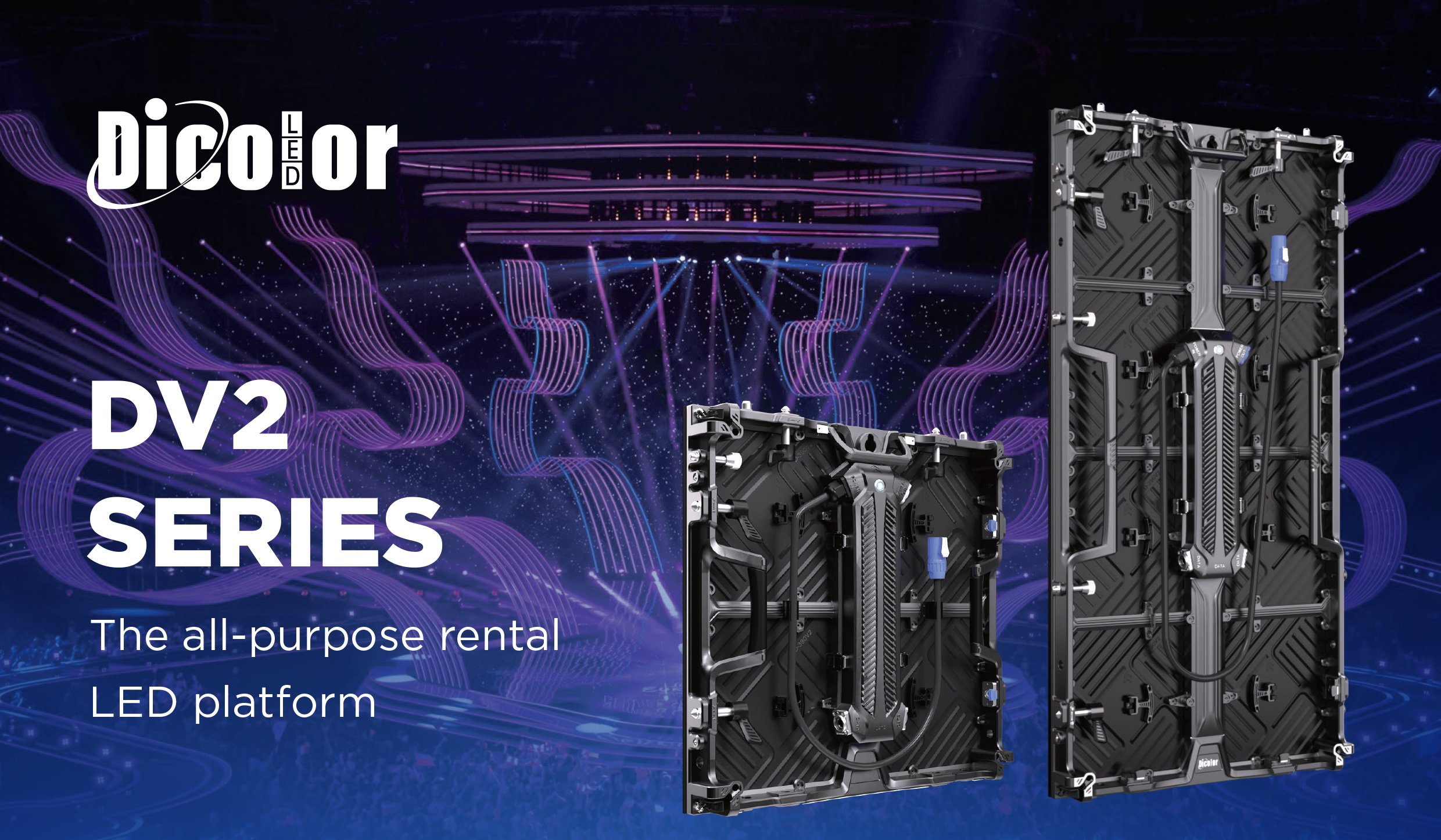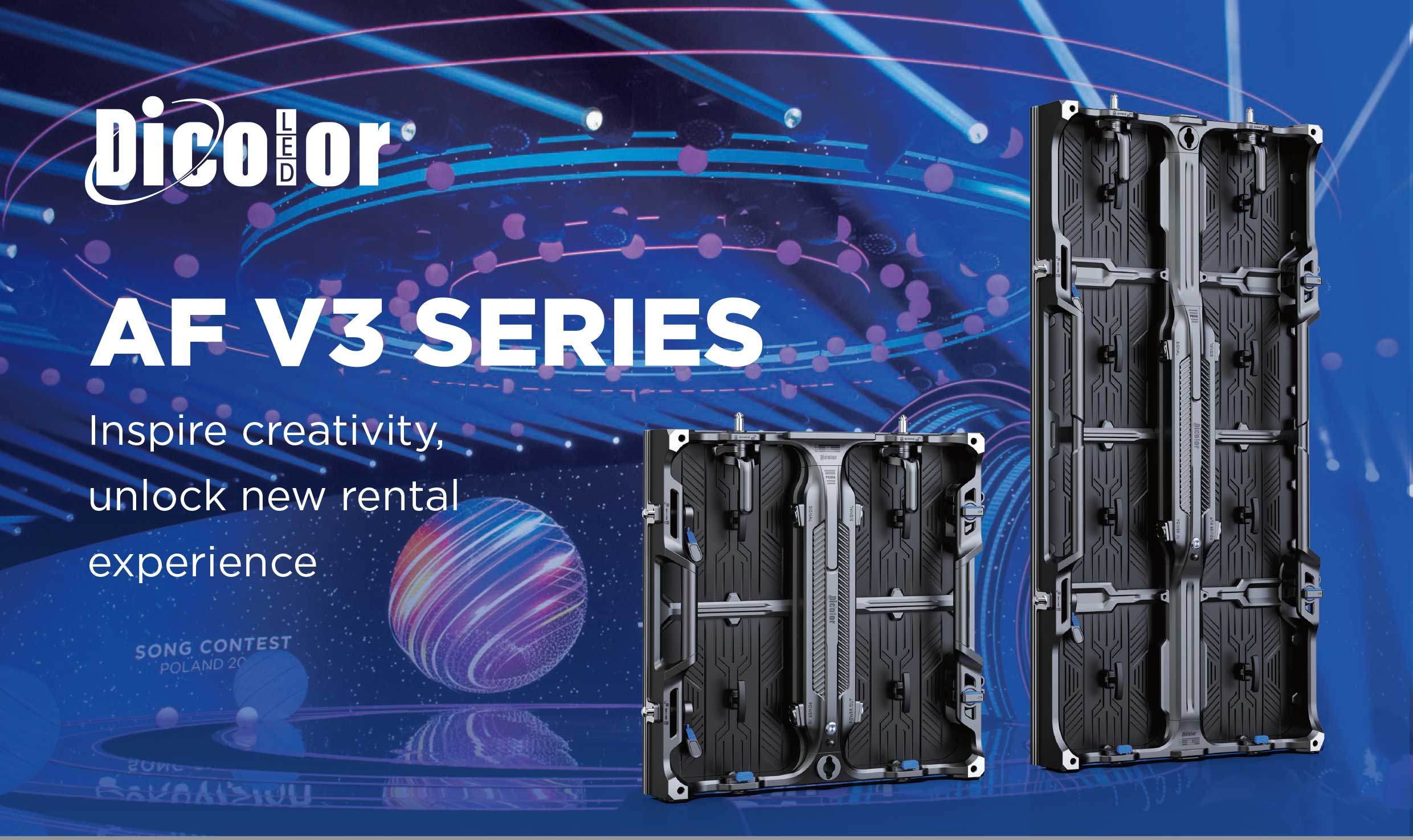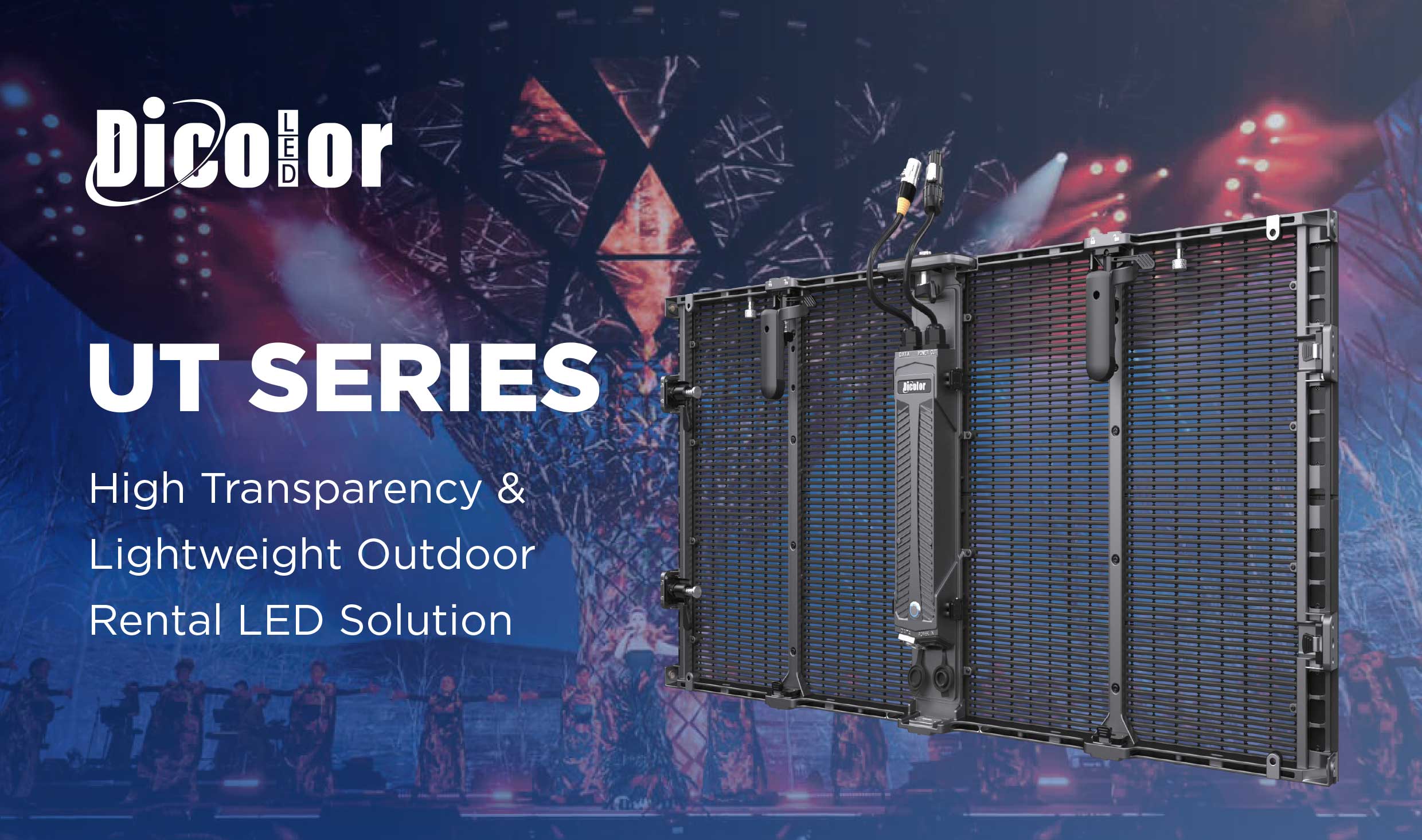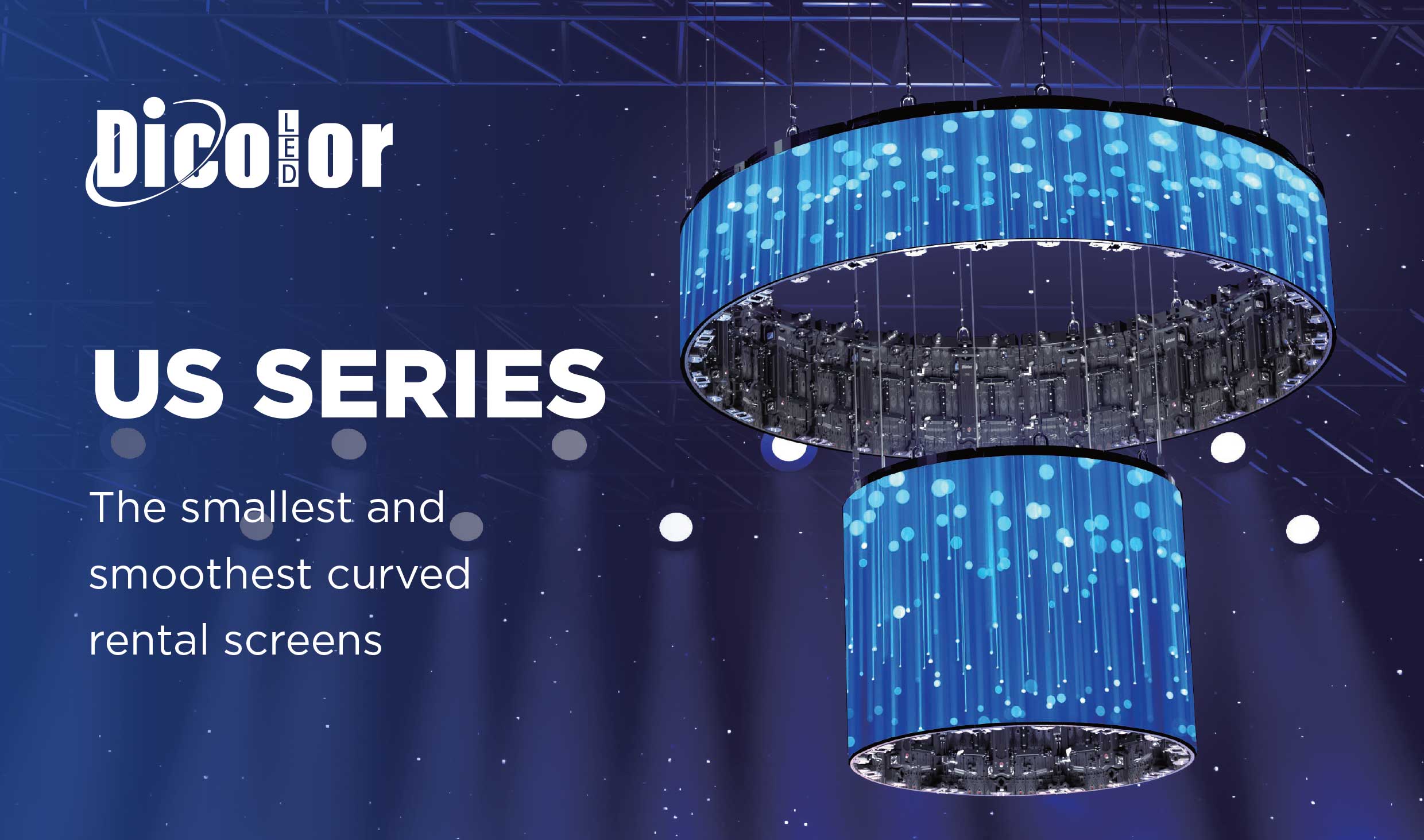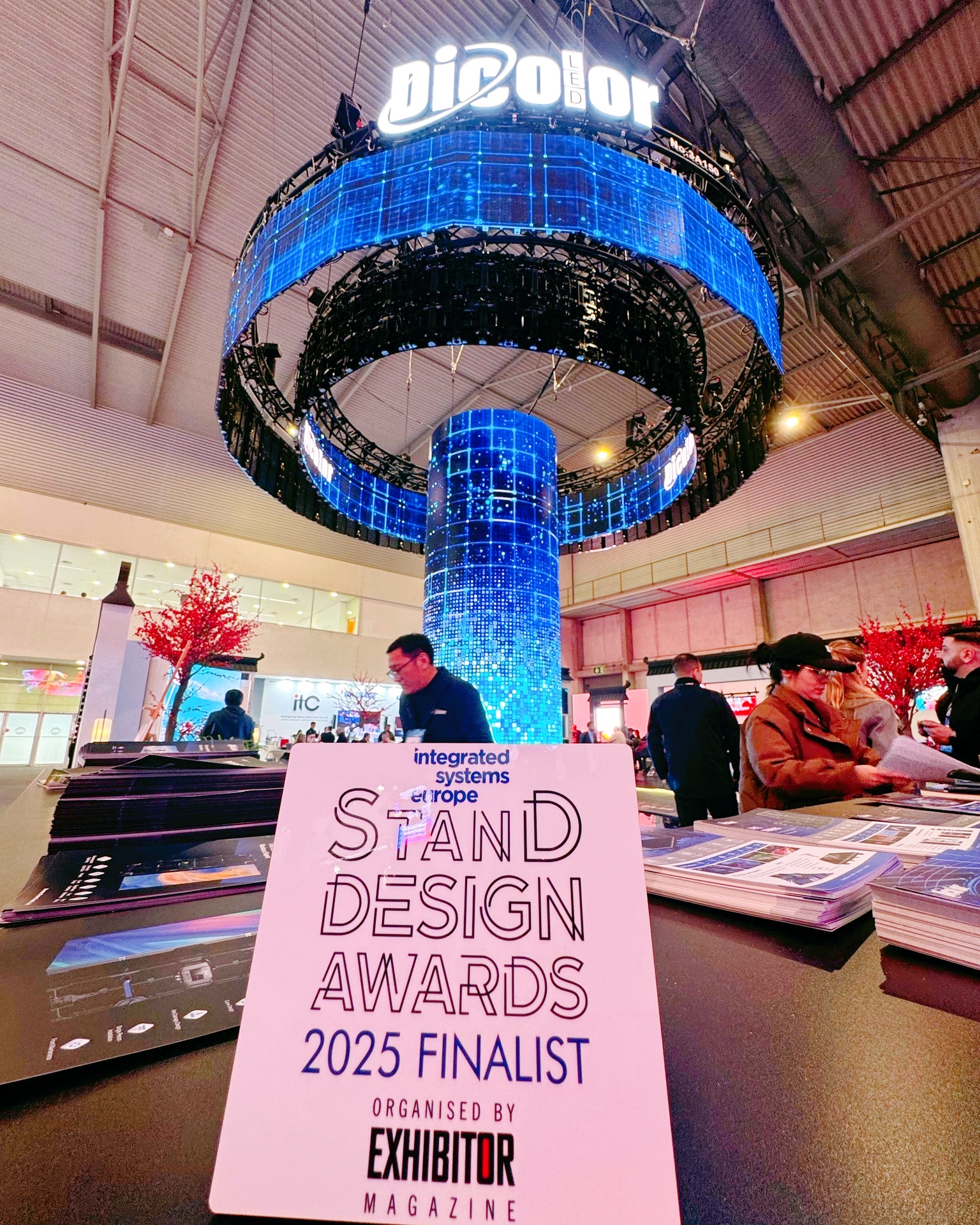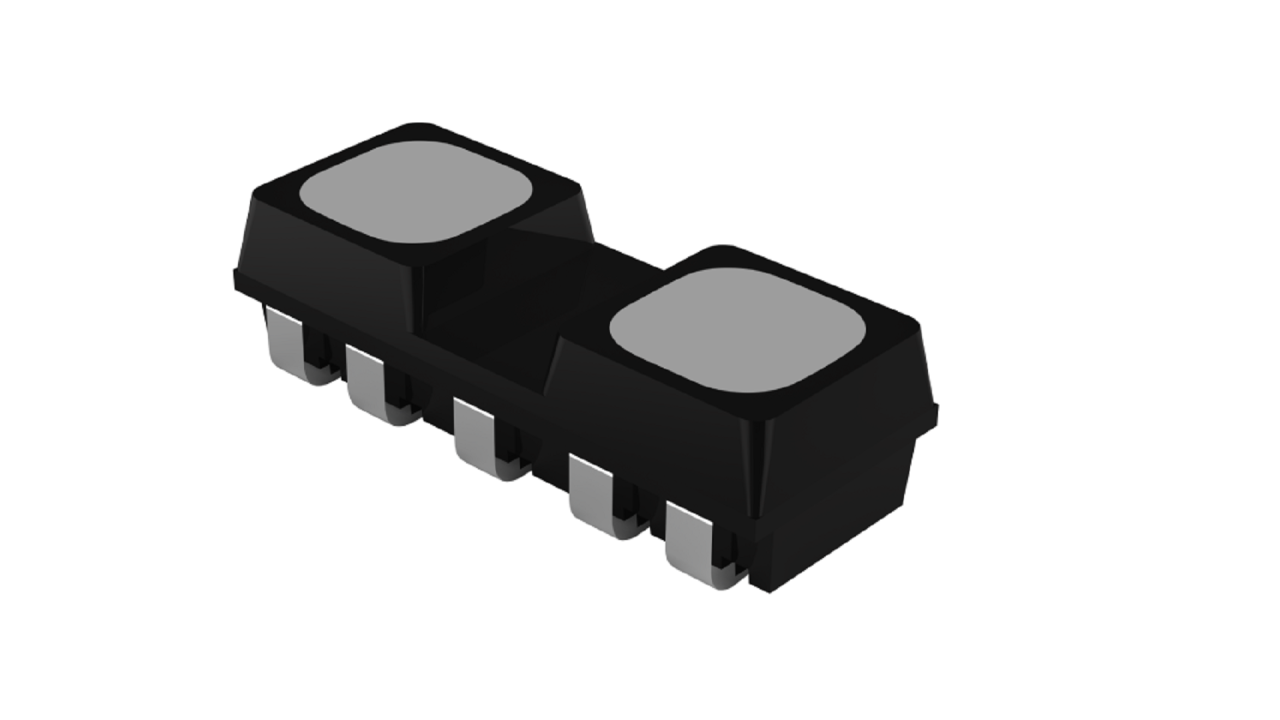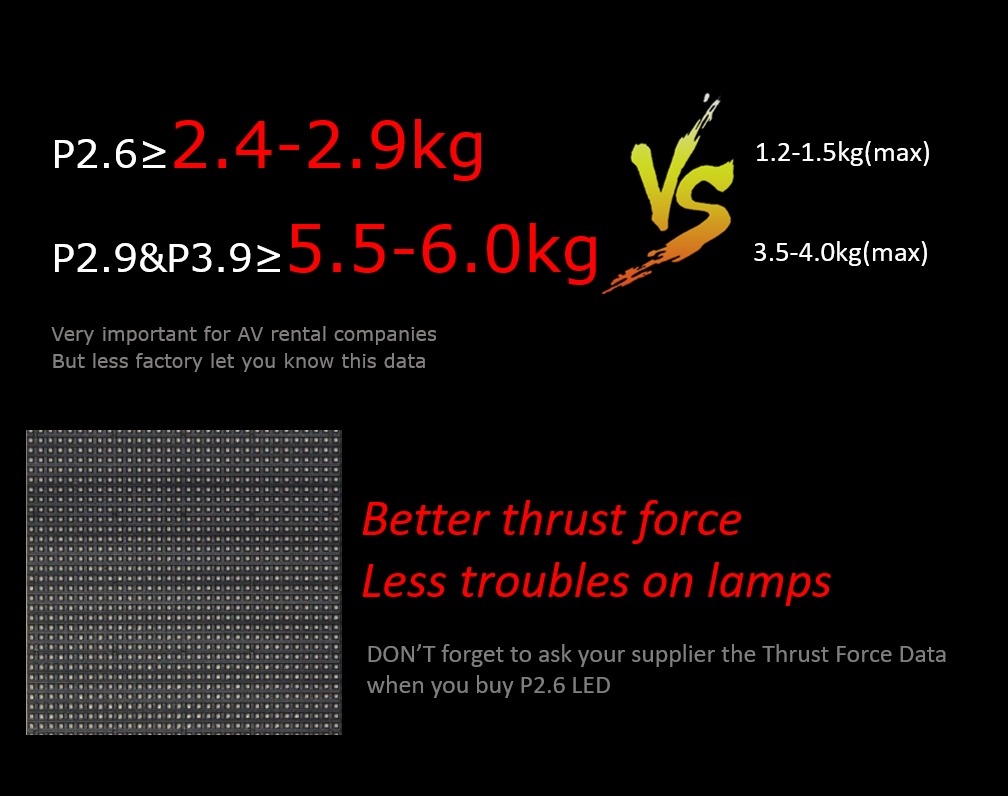Illuminating Innovation: The Ingenious Science Behind LED Displays and Liquid Crystal Technology
Ocolour Technologies Co., Limited
2,038 followers
April 14, 2025
Chapter 1: The Current Situation and Advantages of LED Displays LED displays are ubiquitous in modern times. For example, they appear in our mobile phones, televisions, and so on. Although most devices now use the more advanced OLED display technology, LEDs are still used in many devices, and they have the advantage of not suffering from burn-in.
Chapter 2: The Optical Primary Colors and the Technological Limitations of LEDs Let’s start by getting acquainted with the three optical primary colors. RGB—that is, red, green, and blue primary colors—combine to produce the range of colors seen on a display. When all three primary colors are added together, the result is white. By continually reducing the size of each LED, the quality of the image improves. However, due to limitations in material manufacturing, modern technology is not yet capable of producing the ideal LED size. To achieve 4K resolution quality, the manufacturing size of an LED would need to be about 0.3 millimeters, a size that is difficult to mass produce. As the saying goes, “after traversing rugged mountains and vast waters there seems to be no way out, yet a welcoming village appears in the midst of the dark forest.”

Chapter 3: The Basic Principles of Transitioning from Black-and-White to Color Displays We can use a miniature green emitter to replace the LED’s light emission and employ a unified light source—using a white LED as the backlight—to establish the basic principles of the display. At this stage, only black and white can be displayed: when the backlight is on, white is produced; when the backlight is off, black is produced. But isn’t that just like the era of black-and-white screens? Hold on, there’s more. We can achieve color display by individually controlling the light intensity of each green emitter. Behind each green emitter, two polarizers are arranged, along with a material capable of changing its optical angle. Before diving deeper into this new configuration, it is necessary to briefly review some fundamental physics of light. Light has perpendicular electric and magnetic fields, and its direction of propagation is perpendicular to both fields. In fact, the electric and magnetic fields exist in that propagation direction; for simplicity, we will only show the electric field. When we add a vertical polarizer, it allows only the vertically polarized light to pass, blocking light polarized in other directions.

Chapter 4: Light Intensity Control Mechanisms and RGB Pixel Synthesis
Now, let’s examine the mechanism for controlling light intensity. When light passes through the vertical polarizer, only vertical light is transmitted. Then it reaches a device known as an angle rotator. Note that the angle rotator is only as large as a subpixel. When it receives a rotation signal, it rotates the vertically polarized light to the desired angle. If the rotation angle is 90 degrees, the light can perfectly pass through the subsequent horizontal polarizer, and the display works normally. If the light rotates by less than 90 degrees, the horizontal polarizer blocks some of the light, reducing the display’s brightness. If the rotation angle is 0 degrees, all of the vertically polarized light will be blocked by the horizontal polarizer, and nothing is displayed. This is the method used to control the intensity through filtering. Three control units work together to control a single RGB pixel. By adjusting the rotation angle of the light, any pixel color can be achieved; for instance, to display cyan, we simply need to block the red light, and to display yellow, we block the blue light. Through this clever arrangement, a complete display system is built—this is the basic design principle behind LED televisions.

Chapter 5: Liquid Crystal Materials and the Physical Mechanism of Light Rotation Now, returning to the somewhat unusual angle rotator that we mentioned only briefly earlier, let’s see how it achieves different optical rotation angles. The answer lies in the material of the rotator—liquid crystals. Indeed, that is why they are called LCD TVs. Usually, liquid crystals are in a 90-degree twisted state, as shown here. When an electric field is applied, they rotate, which in turn causes the light to rotate. But what causes the light itself to rotate within the liquid crystals? For clarity, let’s consider linearly polarized light as being composed of two circularly polarized components, like this: Note that the purple light rotates clockwise, while the cyan light rotates counterclockwise. When passing through the twisted liquid crystals, their relative speeds differ—specifically, the cyan light waves slow down when traversing the twisted liquid crystal. This speed difference causes the light to undergo a 90-degree phase shift, which changes the composite angle of the output light—this is the rotation angle. If the liquid crystal were not twisted, the two kinds of light would have no phase shift because their speeds would be identical. No speed difference means no phase shift. This is what occurs when polarized light passes through the angle rotator.

Chapter 6: Display Optimization and the Comparison Between LED and OLED Technologies However, even at this stage, the design is incomplete. Next, let’s examine a mobile phone screen under a microscope. When an LED display is magnified, many colored blocks can be seen—these are the subpixels of the display. Notice the transition between two colors; the boundary is very apparent and somewhat harsh. This is because some pixels are brighter than others, and the LED backlight provides uneven illumination. Placing a diffusion plate in front of the LED light source causes the light to scatter uniformly and spread gently. Although this makes the lighting more even and softer, it comes with a downside: the diffusion plate disperses the light in all directions, which inevitably weakens the brightness. The solution to this problem is to add a prism in front of the diffusion plate. The prism focuses the light in a particular direction, preventing it from scattering everywhere, which resolves the issue. Yet, there is a minor flaw: if you want to display a small white dot on a black screen, the entire LED backlight must be fully turned on. This increases power consumption and prevents the LED from displaying a perfectly pure black interface. OLED, on the other hand, can solve this problem because its pixels emit light independently, although OLEDs have the disadvantage of potentially suffering from burn-in.

Conclusion: The Genius and Insights of LED Display Technology This concludes the explanation of the basic display principle of LED screens. After understanding this, one cannot help but admire the genius who invented it—truly a mastermind.




